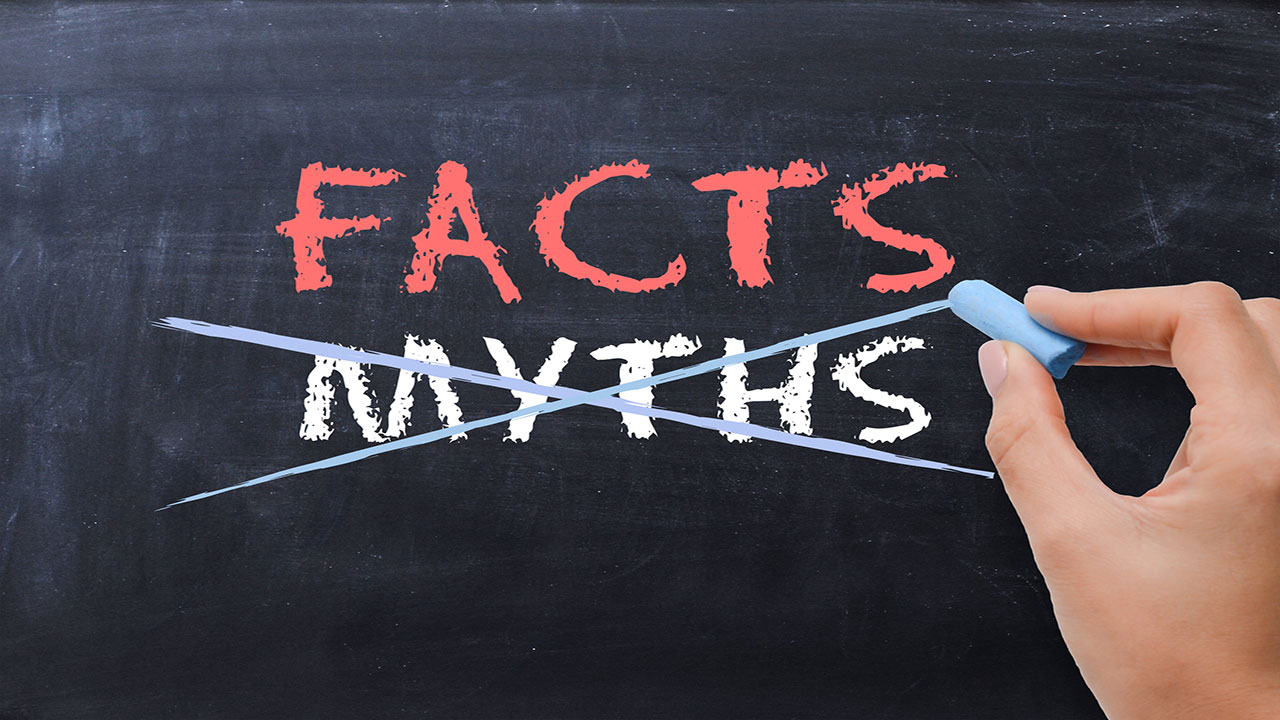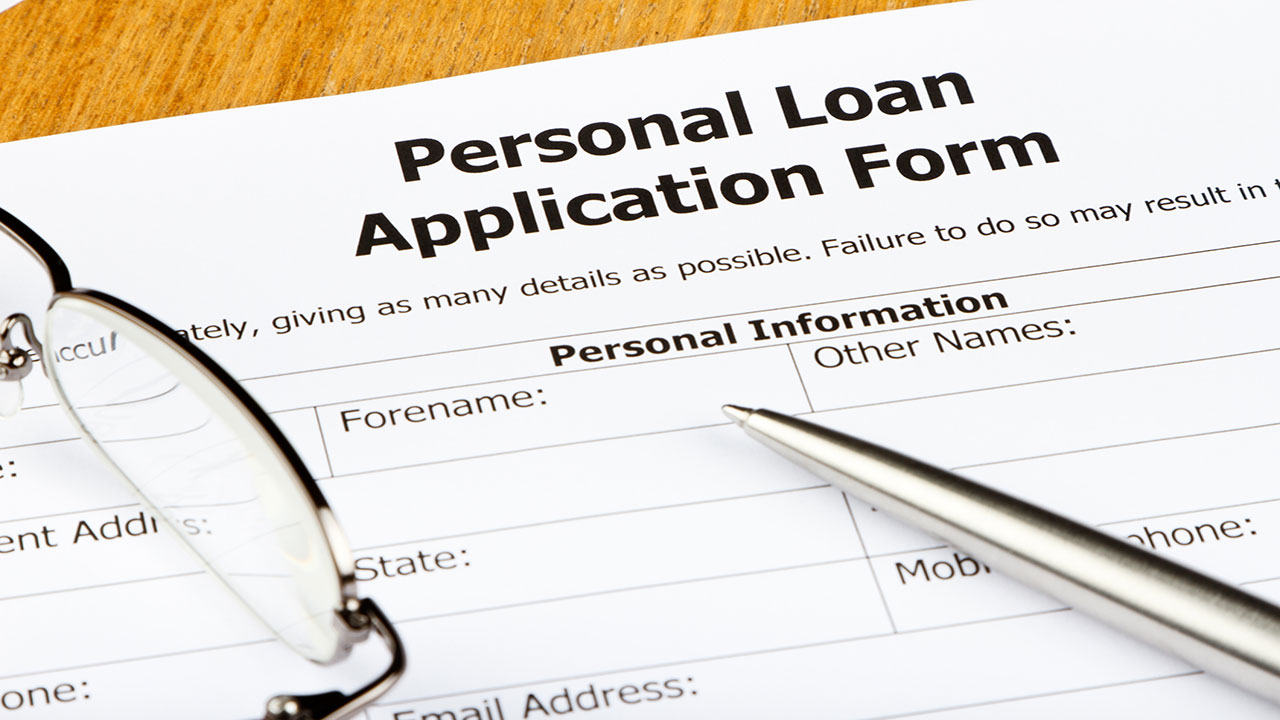
Down payments for a home purchase can be a huge financial obstacle to homeownership. It can be extremely challenging to come up with a large lump sum of money to be put towards a down payment, and some mortgages require minimum amounts in order to qualify.
But there’s a lot of fluff floating around out there about down payments that are simply untrue. So what’s fact and what’s fiction? Here are some of the more common myths about down payments and the truth behind them.
Myth #1 – A 20% Down Payment is Needed to Buy a Home

Perhaps one of the biggest myths about down payments is that 20% of the purchase price of a home is required to get approved for a mortgage. While this is certainly true for mortgages that do not come backed by Private Mortgage Insurance (PMI), there are other home loans out there that do not require such a hefty amount.
In fact, there are some mortgages that require as little as 5% down, and sometimes even less. Conventional mortgages can be obtained with a down payment of as little as 5%. These types of mortgages are not guaranteed by the federal government and conform to the terms as set forth by Freddie Mac and Fannie Mae.
If 5% still seems a little steep, it’s possible to put down as little as 3% with Freddie Mac’s Home Possible Advantages mortgage program. Further, some mortgage programs may even allow a zero percent mortgage if borrowers quality, including the following:
VA Loans – These types of home loans are guaranteed by the U.S. Department of Veterans Affairs and are applicable to veterans, spouses of veterans, active-duty service members, or those who are part of reserve programs. If you qualify for this type of loan, you might not have to make a down payment upfront at all.
USDA Loans – Backed by the U.S. Department of Agriculture, these mortgages are designed to help foster the development of rural areas by making buying a home more attractive. These loans offer 100% financing, which means you would not have to come up with a down payment if you are eligible for approval.
Coming up with the money needed to make a 20% down payment on a home is becoming increasingly difficult, especially in certain markets around the state where housing prices are through the roof. While it’s certainly beneficial to lower your loan amount and avoid having to pay an added insurance premium from the PMI portion of your mortgage, you definitely don’t have to save up for 20% to put towards a down payment in order to make your dreams of buying a home come true.
Myth #2 – Down Payment Money Can Only Come From Personal Funds

It’s ideal for borrowers to come up with the down payment money on their own, particularly when it comes to tracking these funds and ensuring they’re legitimate in the eyes of the government. But you don’t have to depend on your personal savings account for the money needed to make your down payment on a home.
There are other sources that you can tap into for these funds, including:
Gifts – More and more young adults who are on the path to homeownership are relying on their parents’ help for the money required to come up with a down payment. Even other family members or friends may chip in to help out with this endeavor. That said, a proper paper trail will be required to prove that the gift isn’t actually a loan that will have to be repaid at a later date.
Personal Loans – You may be eligible to take out a personal loan in order to build up your down payment. However, this option should be handled with great care, as you will essentially be increasing your debt load and therefore hiking up your debt-to-income (DTI) ratio. The higher this number is, the lower the odds of getting approved for a mortgage. Ideally, lenders like to see DTI rates of no more than 43%.
Down payment assistance programs – Many borrowers are unaware of the grant programs that exist to help them get home loans to finance a real estate purchase. Many of these programs not only help with down payments and closing costs, but many come with affordable interest rates. But how easy are these down payment assistance programs to get approved for? This brings us to our next point.
Myth #3 – Down Payment Assistance is Tough to Qualify For

While not everyone will necessarily be eligible for down payment assistance, these programs aren’t exactly impossible to qualify for. Your biggest challenge is finding one that’s best suited for your particular position, and that entails some homework to find out what the application requirements are for each program. Typically, the standard criteria that will be assessed include the location and type of the property, the purchase price, your income, and any homebuyer certifications you may have.
You will also have to provide some proof that you are responsible with your finances and are not a risky borrower. That means your financial and credit history should be healthy. Your credit score and bank account will have to be high enough as per the program’s requirements before you’re approved. To further ensure that you will be responsible with any funds that you may be granted, you may also be asked for a small amount of money down and may have to partake in a homebuyer education course.
Myth #4 – Low Down Payments Are Only For First-Time Homebuyers

First-time homebuyers have some perks that repeat buyers are no longer able to take advantage of, including FHA first-time homebuyer loans. But that doesn’t mean you can’t tap into some low down payment options if you’re working on buying your next home.
Actually, if you haven’t owned real estate over the past three years, you may be considered a first-time homebuyer again and take advantage of the programs that are designed for this specific demographic.
If not, there are still low down payment options for you to consider. Just about every qualified buyer may be eligible for a low down payment program that will afford them with the benefit of not having to dish out more than they can afford, such as Fannie Mae’s HomeReady or 97% LTV mortgages.
It’s worth mentioning that if you’re buying a home in a designated area – usually to revitalize a specific area – you may be eligible for certain benefits, like more lax income criteria and higher assistance amounts.
The Bottom Line
Don’t believe everything you hear when it comes to down payments. While some tidbits of information may be true, others are simply false or have at least changed over the past few years. The best source of information when it comes to down payments is your mortgage specialist who will have up-to-the-minute information about down payments and the mortgage programs that come with them. Be sure to have a chat with one today to help direct you on the right path to homeownership.